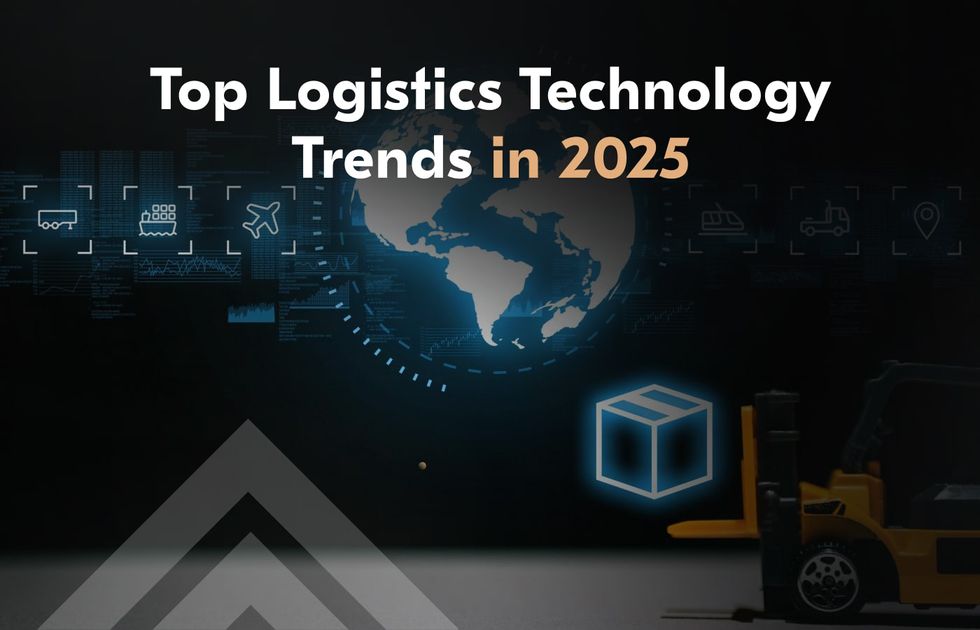Logistics for E-Commerce in Indonesia: Trends and Tools in 2025
The e-commerce industry in Indonesia has experienced explosive growth over the past few years, and this trend is expected to continue into 2025. With the increasing demand for online shopping driven by a growing middle class, mobile internet penetration, and a shift towards digital platforms, businesses operating in the Indonesian market need to optimize their logistics strategies. Effective logistics management, including warehousing, inventory control, and delivery, is crucial for ensuring a smooth and efficient e-commerce operation. As Indonesia’s logistics sector adapts to these trends, new tools and technologies are playing a pivotal role in shaping the future of logistics for e-commerce.
Key Trends Shaping E-Commerce Logistics in Indonesia
1. Rise of Multi-Storey Warehouses
As urban areas in Indonesia, particularly Jakarta, face land scarcity, logistics companies are turning to multi-storey warehouses to meet the growing demand for storage space. These vertical warehouses are becoming a popular solution to optimize space and improve operational efficiency in crowded metropolitan areas. The trend is expected to gain momentum by 2025, with several large logistics companies and e-commerce players investing in vertical warehousing to enhance their supply chain capabilities. This shift is expected to streamline operations and reduce costs in urban areas where space is limited.
For instance, major logistics players such as JNE and TIKI have already started exploring this model as part of their investment into infrastructure. These changes in warehousing strategies will allow e-commerce businesses to reduce delivery times and improve service levels, which are critical factors in consumer satisfaction (globenewswire.com).
2. Increasing Adoption of Last-Mile Delivery Innovations
The last-mile delivery is arguably the most critical and costly part of the logistics process in Indonesia. Consumers expect faster and more reliable delivery, which has led e-commerce businesses to explore innovative solutions to improve this aspect of the supply chain. In 2025, we can expect an even greater focus on last-mile delivery technologies such as drone delivery, robotic couriers, and autonomous vehicles.
Last-mile delivery solutions are also shifting towards local delivery hubs or “micro-warehouses” that are strategically placed within city neighborhoods. These hubs allow for quicker delivery to consumers, especially in urban areas with heavy traffic. E-commerce giants like Tokopedia and Bukalapak have partnered with third-party logistics providers to improve delivery speed, with some local startups experimenting with on-demand delivery services (meetventures.com) Indonesia-Agent.com..
3. Hyperlocal Fulfillment and Warehousing
With the growing demand for quick deliveries, e-commerce businesses are focusing on hyperlocal fulfillment—storing products in warehouses closer to customers. By decentralizing their fulfillment centers, businesses can significantly reduce delivery times, especially in highly populated areas like Jakarta and Surabaya.
The concept of hyperlocal warehousing involves setting up smaller, localized warehouses to support rapid deliveries. This model enables e-commerce platforms to meet customer demands by delivering products in a matter of hours, rather than days. The availability of hyperlocal fulfillment centers will be crucial for businesses looking to remain competitive in the fast-paced e-commerce environment of 2025. Logistics firms such as Shipper and Deliveree are already incorporating this model into their offerings (globenewswire.com).
Key Tools and Technologies for E-Commerce Logistics
As e-commerce logistics in Indonesia becomes more complex, the adoption of new tools and technologies is essential for staying competitive. From improving warehouse management to enhancing tracking and delivery, the right tools can streamline operations and enhance customer satisfaction.
1. AI-Powered Inventory and Supply Chain Management
The integration of Artificial Intelligence (AI) into logistics systems is transforming inventory management and supply chain optimization. AI-driven tools allow businesses to predict demand more accurately, optimize warehouse storage, and manage inventory levels in real-time. In 2025, AI will become even more integral in automating routine tasks, improving decision-making, and enhancing supply chain transparency.
Companies such as Gojek and Bukalapak are already leveraging AI to streamline their logistics processes, and this trend will continue as AI tools become more accessible to businesses of all sizes. AI will also enable better tracking and forecasting of consumer behavior, allowing e-commerce platforms to tailor their offerings to customer preferences (meetventures.com).
2. Real-Time Tracking and Automated Routing Systems
Tracking and delivery transparency have become crucial in e-commerce logistics. Customers now expect to know where their products are at all times. Tools that offer real-time tracking allow e-commerce platforms to provide customers with precise delivery updates and reduce the number of delivery-related inquiries.
In 2025, logistics firms are expected to use automated routing systems to optimize delivery routes and reduce delivery times. These tools take into account factors such as traffic, weather, and distance to ensure that drivers take the fastest and most efficient routes. JNE and TIKI are already using real-time tracking systems, and this technology is likely to expand across other logistics providers (globenewswire.com).
3. Blockchain for Enhanced Transparency and Security
Blockchain technology is gaining traction in the logistics industry as it offers a secure and transparent way to track goods throughout the supply chain. By using blockchain, e-commerce businesses can ensure that product information is securely recorded, reducing the risk of fraud and theft. Blockchain also offers better visibility, as each step of the delivery process is stored on an immutable ledger.
In the Indonesian market, blockchain solutions are being explored to enhance supply chain efficiency and ensure transparency. By 2025, blockchain could become a key tool in ensuring the security of deliveries and improving trust between e-commerce platforms, consumers, and logistics providers (globenewswire.com).
Conclusion
The logistics sector in Indonesia is evolving rapidly in response to the growing e-commerce market. As trends such as multi-storey warehouses, last-mile delivery innovations, and AI-powered solutions continue to shape the landscape, businesses must adapt to stay competitive. By 2025, the integration of advanced technologies like AI, real-time tracking, and blockchain will be essential for ensuring the efficiency of logistics operations and enhancing customer satisfaction.
For e-commerce businesses looking to succeed in Indonesia, staying ahead of these logistics trends and leveraging the right tools will be crucial to meeting the ever-increasing demands of the digital economy. Indonesia-Agent.com.
